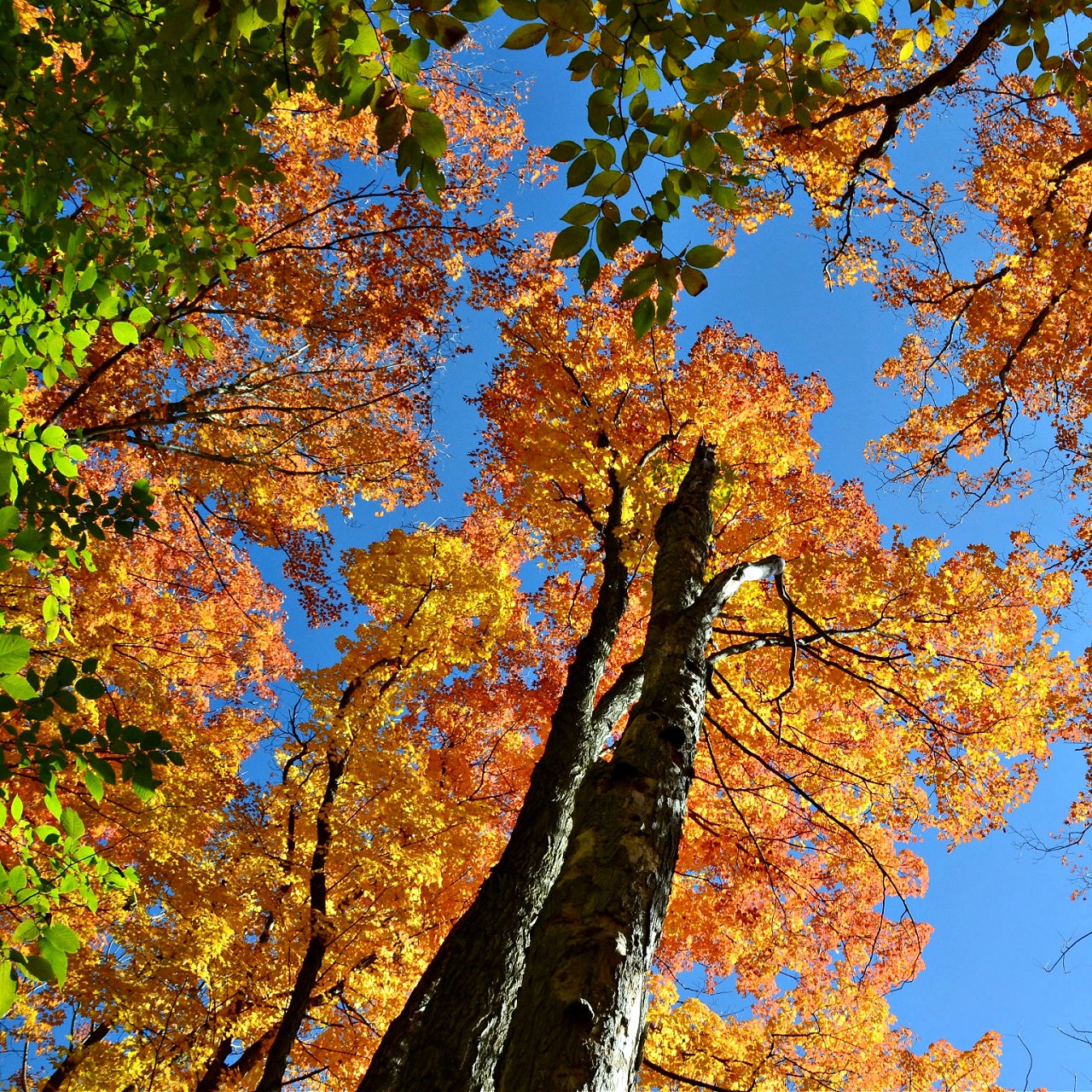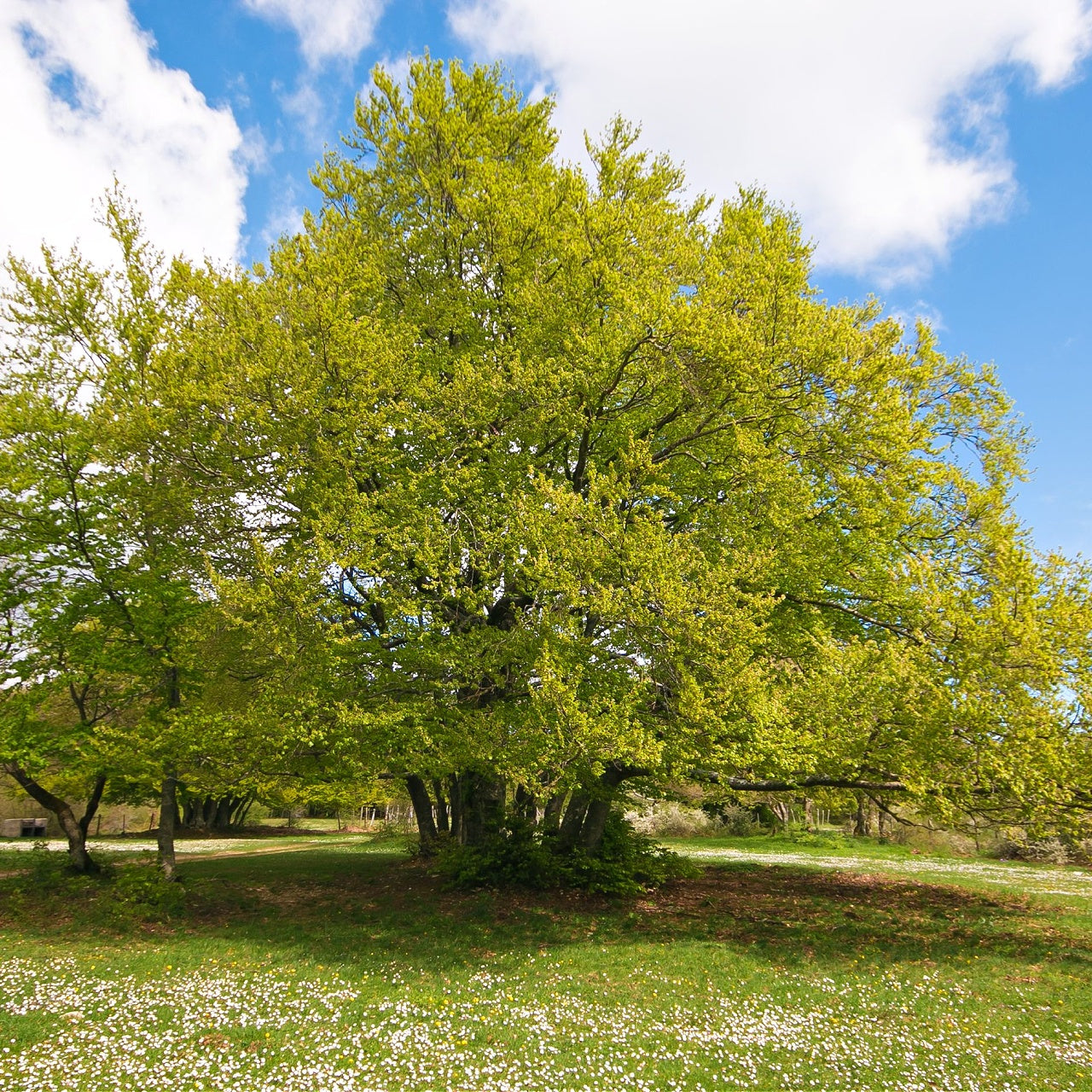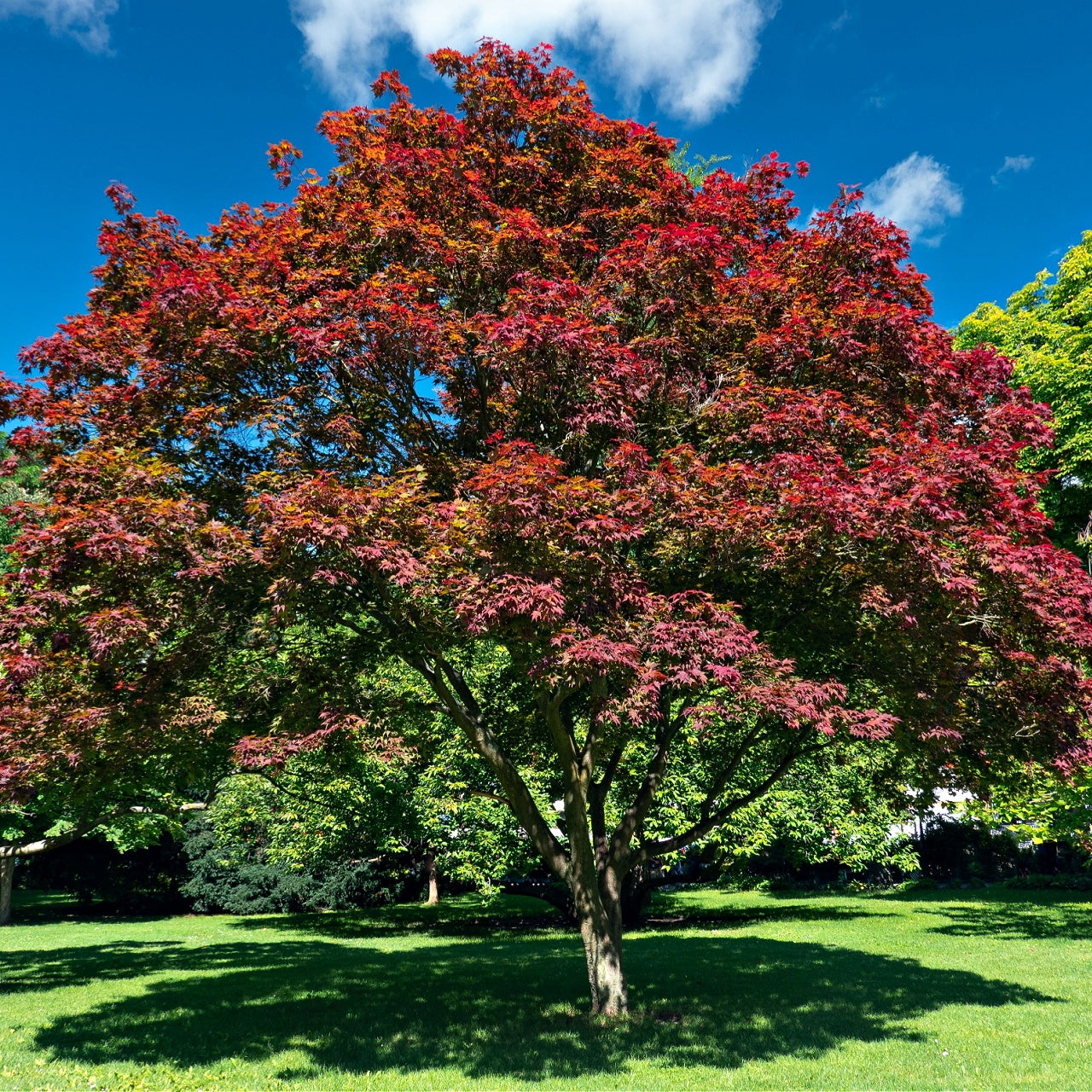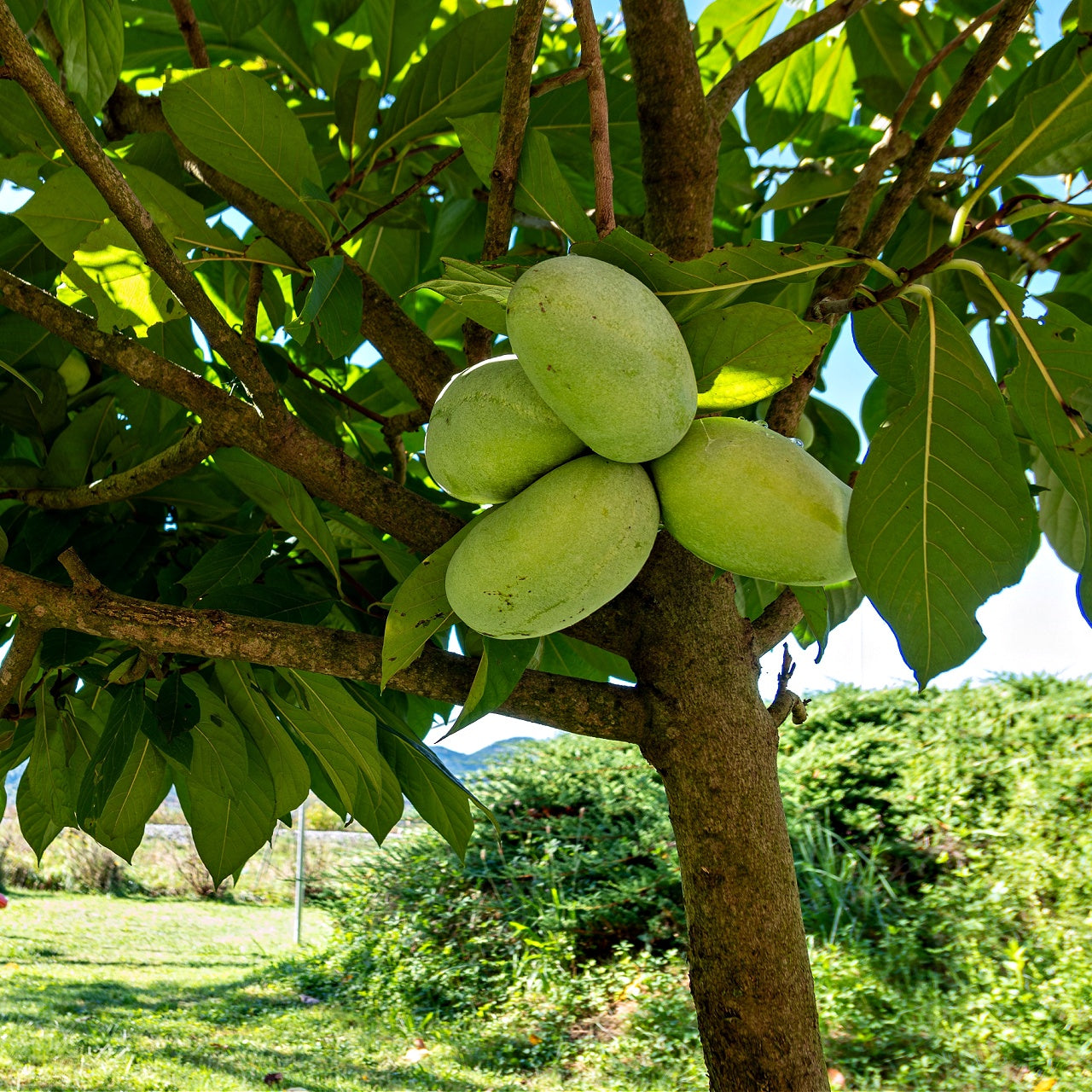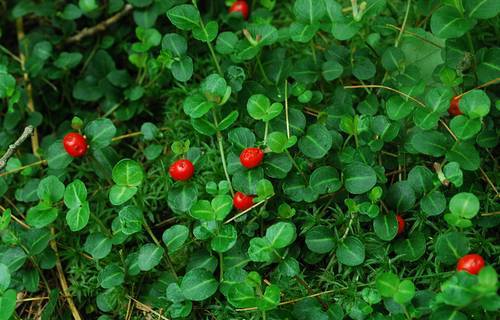
Gardening 101- A Guide to Successfully Growing Perennials
Gardening 101- A Guide to Successfully Growing Perennials
Gardening Can Be Enjoyable And Therapeutic
Gardening can be an enjoyable and therapeutic exercise. Planting perennials can be extremely enjoyable since they can return yearly, requiring less effort than annuals. If you're beginning to garden or want to broaden your knowledge, this article will provide tips and tricks to help you cultivate perennials successfully. We will also discuss some beautiful perennials that will grow successfully in your garden.
Choosing the Right Location
The first step to growing perennials is choosing the ideal place to plant them. Most perennials require a minimum of six hours of sun daily, so pick a location that can receive plenty of sun. Make sure the soil at your preferred place drains well.
Perennials prefer to avoid being saturated. If you need clarification on drainage, try testing your drainage using a hole approximately 1 foot deep, then filling it up with water. The drainage is in good shape when the water flows within under an hour or less.
Preparing the Soil
Before planting, the garden needs to be prepared. Perennials like flexible, fertile soil and are full of organic matter. Adding compost, old manure, or other organic matter can enhance the soil's quality. To accomplish this, dig a hole twice as large as the root ball and mix the organic matter in the ground.
Choosing the Right Perennials
The selection of the correct perennials is vital to achieving successful gardening. When choosing plants, please consider their height, spread, and height growth patterns. Certain perennials are big and bushy, while others are spread-oriented and low-growing. Listed below are a few perennials that will grow well in your garden:
Dwarf Crested Iris
The Dwarf Crested Iris is a rare kind of gorgeous and unique iris. It's a vast flat flower that comes in various shades and is known for its beauty and elegance.
Iris Cristata is drought-tolerant and resistant to deer. The woodland roots of the plant mean that it is a mate for loose soil, high in woody organic matter, and excellent drainage. It's not uncommon to see it growing on the rocks of forests. It's an adaptable species.
Regular care isn't necessary. It will receive water in dry times, fertilize twice a year, and control weeds. It's all you have to do to keep the crested iris content. The plant spreads via the vigorous root system that runs underground. Some people employ it as a cover plant.
Partridgeberry Plant
Partridgeberry is a perennial that grows at a slow rate. A plant that is found in thick, heavily shaded woodlands. Because of its mat-like growth habit, its trailing stems and glossy, vivid green leaves. Partridgeberry can be described as a trailing evergreen vine. The typical leaves are less than an inch long and could appear like solid leaves or white variegated lines.
Partridgeberry is an evergreen creeper that forms mat-like whorls on forests' floors. The stems are smooth at the growth tip and possess the tiniest "hairs."
As the stems get older, they reproduce and spread. They develop offshoots that emerge as a pair or singly from nodes beneath the previous year's fruit. After the reproduction, branches appear.
This berry-growing plant is known for its tiny white, fragrant flowers during late spring and summer. Once the blooms have ended, the elongated red berries begin to appear. Partridgeberry fruit can be eaten and harvested to make jam or jelly.
Twinleaf Plant
Twinleaf is a perennial herbaceous species indigenous to the eastern part of North America, found in forests and woodlands. The name is derived from Thomas Jefferson, a friend and colleague of the botanist who first wrote about the species William Bartram.
Twinleaf is a potent herb with many uses within traditional medicines, such as helping with fever, cough, and digestive disorders. It is a source of several substances that have proven to have antioxidant and anti-inflammatory properties, which could aid in its therapeutic benefits. As with any medicinal plant, it is essential to consult a doctor before using twinleaf.
Twinleaf is a shade-loving plant; however, it is tolerant of filtered shade. It has a beautiful design that works as an ornamental plant and a specimen plant in an area of shade.
Planting Perennials
When planting perennials, dig your hole to the depth that will accommodate the root ball. It should measure twice more significantly than the size of the root ball but just the same depth. Remove the plant gently from the container and place it into the hole. The hole should be backfilled with soil, ensuring a level top to the ball of roots aligned with the soil's surface. Afterward, you should soak the plant in water to help settle the soil.
Watering and Fertilizing
Perennials require frequent watering, especially in the first year following the planting. Make sure to water thoroughly, allowing the soil to get saturated. Be careful not to overwater since this could lead to root decay. Regarding fertilization perennials, they generally need lesser fertilizers than perennials. A balanced slow-release fertilizer applied in spring and then again in midsummer will suffice.
Pruning and Deadheading
Pruning and deadheading are essential to ensure the appearance and health of perennials. Deadheading, also known as removing the flower petals that have been discarded, helps the plant to grow more flowers. Pruning is the opposite and involves pruning the tree to encourage growth and keep it from becoming long or overgrown. The time and amount of pruning depend on the plant and perennial, so make sure you know the needs of each perennial you own.
Mulching
Mulching is a different aspect of growing perennials. Mulch is a great way to hold water, reduce weeds and control the temperature of the soil. Apply a layer approximately 2-3 inches thick around the plant's root, being careful not to pile it on top of its stem. Common mulches are pine needles, shredded leaves as well as wood chips.
Pest and Disease Control
Perennials are susceptible to diseases and pests like aphids, powdery mildew, and root rot. To avoid and manage these issues, you must monitor your plants regularly for any problems. Keeping your plants in good health by watering, fertilizing, pruning, and watering is one of the most effective ways to prevent problems. Additionally, you can use natural pest control methods like ladybugs or neem oil.
Winter Care
Though perennials are tough and can withstand winter in all environments, it is essential to take a few measures to ensure survival. In colder areas, it is possible to provide additional security, such as covering your plants with mulch or a blanket of frost. Also, trim any dead or damaged leaves in autumn to stop diseases and ensure healthy growth during the first spring.
Planning for Succession
It is also essential to think about succession when planting perennials. As the perennials age, they tend to weaken and produce fewer blooms. To ensure that you have a continuous display of beauty and color for your gardens, planning the future by planting new annuals is an excellent idea. It will let you change out older plants and replace them with fresh ones to keep your garden fresh and lively.
Final Thoughts
Growing perennials can be a challenge if you pay attention. However, the benefits are worth the effort. With these guidelines and tricks, you can successfully cultivate a variety of perennials and appreciate their beauty each year.
Please select the best plants for your area; prepare your soil and water and fertilize it effectively; trim and deadhead frequently; and shield your plants from disease and pests. With some care and focus, your perennial garden will flourish and provide endless enjoyment for many years.



